For many visitors to Germany, the causes and effects of the deeply troubled Nazi-era are never far from the surface. All across Germany, Nazi sites are preserved so that the country will never forget what happened and the world can focus on never again allowing it to happen.
Perhaps no other city in Europe is more closely tied to the National Socialist-era than Nuremberg. Hitler chose Nuremberg because it was the seat of the medieval emperors and thereby legitimizing his regime. Today, tourists can visit the Nuremberg Nazi Party Rally Grounds to understand the role of populism and propaganda in Nazi Germany.
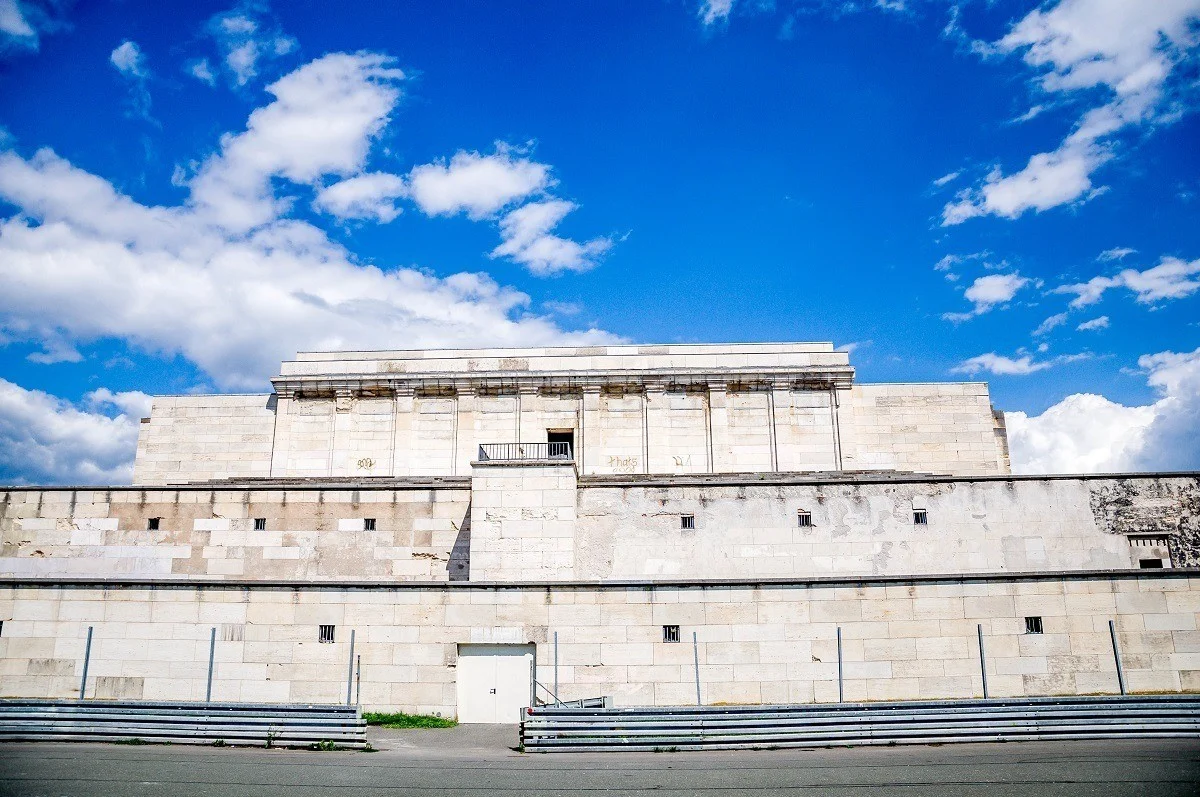
A short 15 minute train ride from Nuremberg’s central station will bring you to the Nuremberg Nazi Party Rally Grounds (Reichsparteitagsgelände). Here, Adolf Hitler and the his party faithful gathered throughout the 1930s in the summer for sport, camaraderie, and to whip themselves up into a fascist frenzy.
The images from each Nazi rally are burned into our collective memories from newsreels from the 1930s as well as the propaganda film by Leni Riefenstahl called Triumph des Willens (Triumph of the Will).
While Riefenstahl’s film about the 1934 Nuremberg rally is deeply disturbing, it also shows how the grounds looked at the time. I rented the film shortly before visiting and I’m glad that I did.
Check current prices on hotels in Nuremberg here
The entire 7-square-mile site of the rally grounds was designed by chief Nazi architect Albert Speer with close input from Adolf Hitler. The site is designed on a grand scale to dwarf the size of the individual participants and to herd participants into larger groups to foster collective solidarity. It was designed with all the elements of architecture that Hitler valued: a neoclassical style with a strong, utilitarian function.
The Umspannwerk Nuremberg (Electrical Substation)
If you take the S-bahn train from central station out to the Frankenstadion Sonderbahnsteig station, briefly detour and walk up the hill along Hans-Kalb-Strasse to Regensburger Strasse (instead of walking directly towards the rally grounds). On the corner is an often-overlooked part of local history.
This sandstone building was the electrical transformer sub-station that powered the Nazi Rally Grounds. Designed by Albert Speer, it is one of the few Nazi-era buildings in all of Germany that is in absolutely pristine condition.
You can still clearly see the original location of the eagle and swastika insignia on the building! It’s now a Burger King (which is tremendously ironic since Adolf Hitler was a vegetarian), but the inside isn’t very impressive. The Internet has dubbed this the “Nazi Burger King.”
The Zeppelin Field and Tribune Stand
Back downhill, visitors encounter the Zeppelin Field (called Zeppelinfeld in German) and the grandstand or tribune stand (Steintribune in German). This was the site of the annual Nazi Party rallies where Hitler would address his followers.
The great parade of troops through the streets of the city would end here. After long delays and at the most opportune moment, Adolf Hitler would take his post on the second tier of the tribune grandstand and address members of the party and the military below on the parade grounds.
Today, the area is now devoted to sport. The Zeppelin Field has been divided into two soccer pitches. The Tribune Stand is walled off by giant guardrails which were erected for motorcycle and car races, called the Norisring. The stands overlooking the Zeppelin Field have fallen in disrepair and sections are fenced off due to the risk of collapse.
In 2013, the Nuremberg government, owning to their obligations of Never Forget/Never Again, launched a €85 million stabilization and renovation effort to protect the historical Nuremberg rally site from further deterioration. The conservation project is expected to be completed in 2025.
The Dutzendteich Lake
At the north end of the Zeppelin Field, a small lake (Dutzendteich) stands between visitors and the Congress Hall. It’s a beautiful spot to stop and enjoy the moment. Instead of the beating of drums, marching, and cheering, the only sound you’ll hear now is the quaking of ducks and the birds in the trees.
Heading around the lake to the left takes visitors to the Great Road.
The Great Road
The Great Road was never used as the great Nazi parade ground that Hitler intended. His visions of a massive road with legions of soldiers was nothing more than a dream for him.
In the waning days of the war, allied troops actually used it as an air strip for a brief period of time. Today, it’s a parking lot for the nearby Nuremberg stadium (where the local football club, FC Nuremberg, plays its home matches).
The Congress Hall
The north end of the Great Road leads directly to the Congress Hall (Kongresshalle) – a massive horseshoe shaped building that can be seen from all around Nuremberg. The Congress Hall was designed to be both the centerpiece of the Nuremberg Nazi Party Rally Grounds as well as the entrance to it.
This building, designed by local architects Ludwig and Franz Ruff and inspired by Rome’s Colosseum, and was intended to be the grand showpiece for the party…and its agenda.
The Congress Hall was never fully completed or put to its original purpose. The regime collapsed, the war was lost, and sanity was returned to the world.
On my most recent visit to the Congress Hall, the protective barricades around the open-air center had been removed and it is now possible to walk through the archway and onto what would have been the hall floor. I was able to spend 10 minutes absolutely alone in this space to ponder what it would have been like had the Germans actually completed it.
The Documentation Center Nazi Party Rally Grounds
While most of the Congress Hall is inaccessible, the city of Nuremberg opened a museum here in 2001 called the Documentation Center Nazi Party Rally Grounds (Dokumentationszentrum Reichsparteitagsgelände). While officially serving as the official Nuremberg Nazi Party Rally Grounds Museum, this facility is actually much than that and serves as a broader center for study of the National Socialist period of German history.
On my self-guided tour, the center was actually packed with school children from across Germany. Through an exhibit entitled “Fascination and Terror,” the museum strives to educate and put the hysteria of the times into a broader historical context.
While the Documentation Center is surely a marvel of modern architecture (it is cut through and suspended within the structure of the Congress Hall), it left me wanting a lot more on the education front. Having been to many sites throughout Germany (such as the Dachau Concentration Camp or Buchenwald), I was actually pretty disappointed in the treatment here, finding it a bit superficial and brief.
Each time I have visited the rally grounds (three times since 1995), I have come away with a sense of disbelief. In the dead of winter, it is hard to envision the frenzied insanity of the rallies.
But in the tranquility of the summer with ducks quaking on the shore of the lake, the peace and harmony of the spot stands in contrast to the venous hate that poisoned the country and polluted a continent. Visiting the Nazi Party Rally Grounds to see and experience this is a must for every tourist coming to Nuremberg.
Check current prices on hotels in Nuremberg here
Lance Longwell is a travel writer and photographer who has published Travel Addicts since 2008, making it one of the oldest travel blogs. He is a life-long traveler, having visited all 50 of the United States by the time he graduated high school. Lance has continued his adventures by visiting 70 countries on 5 continents – all in search of the world’s perfect sausage. He’s a passionate foodie and enjoys hot springs and cultural oddities. When he’s not traveling (or writing about travel), you’ll find him photographing his hometown of Philadelphia.

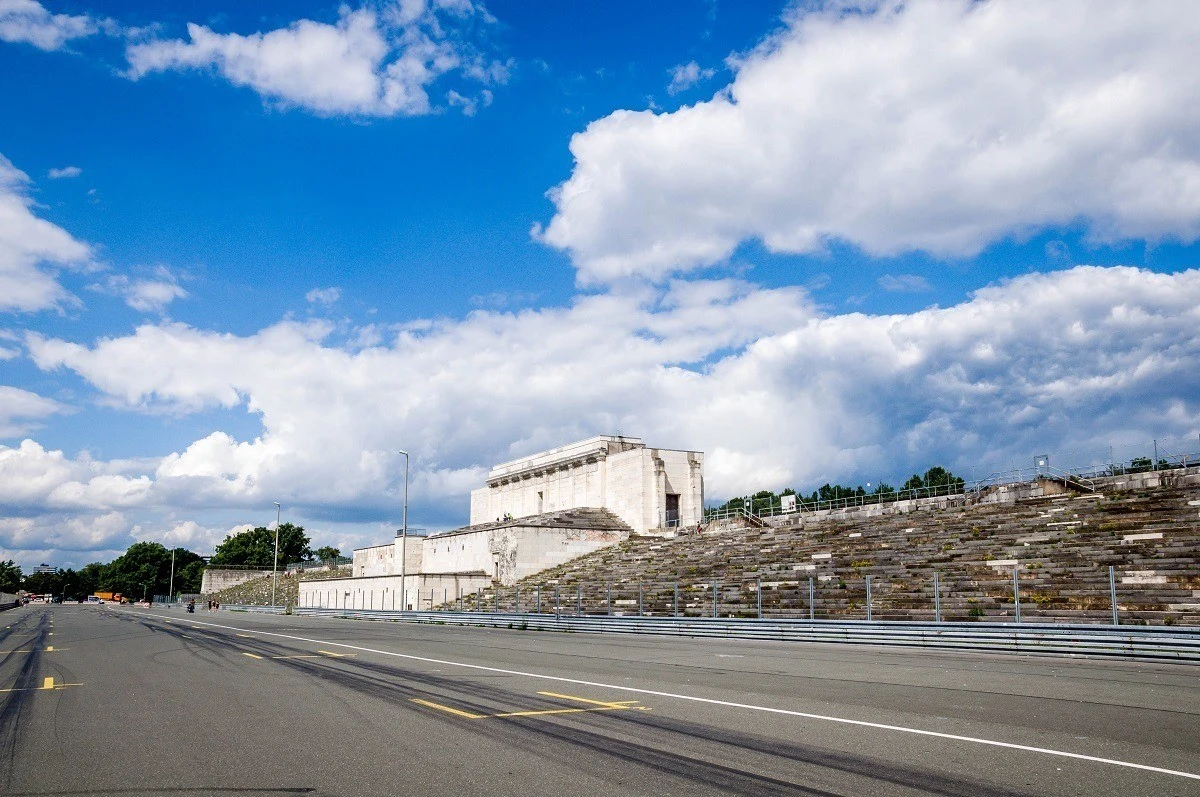
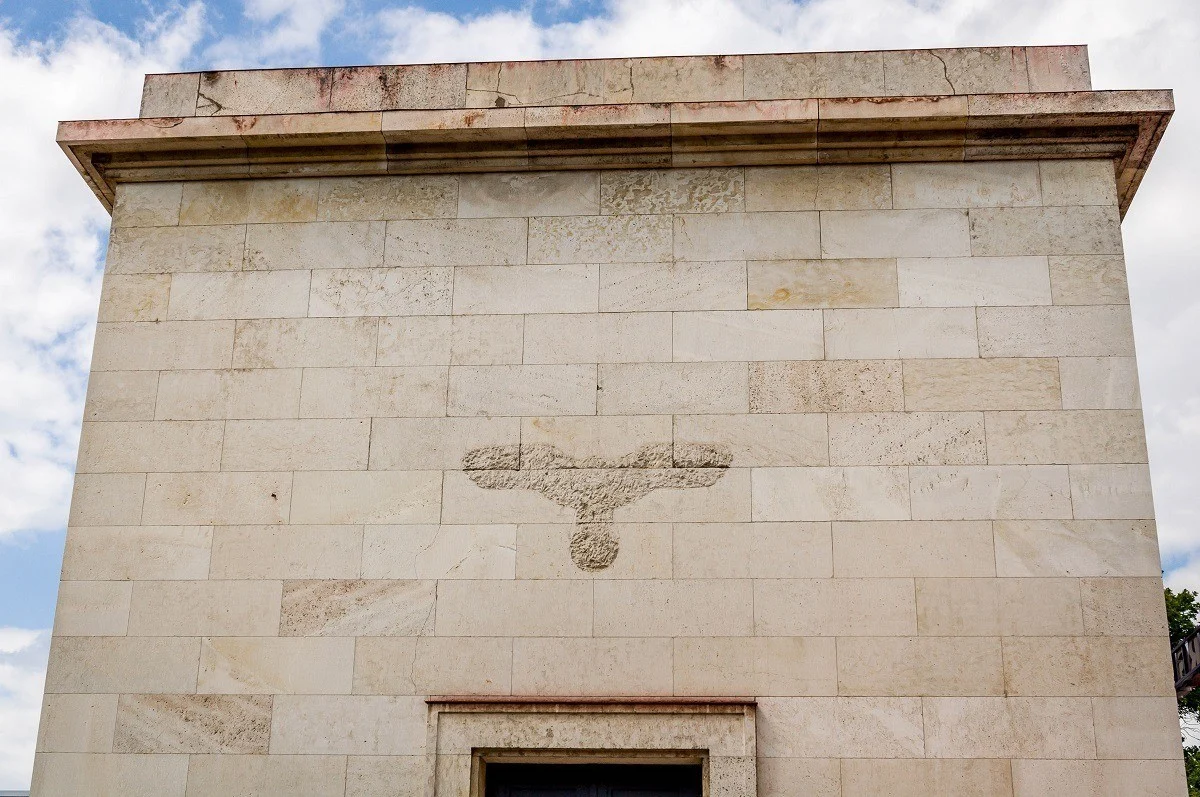
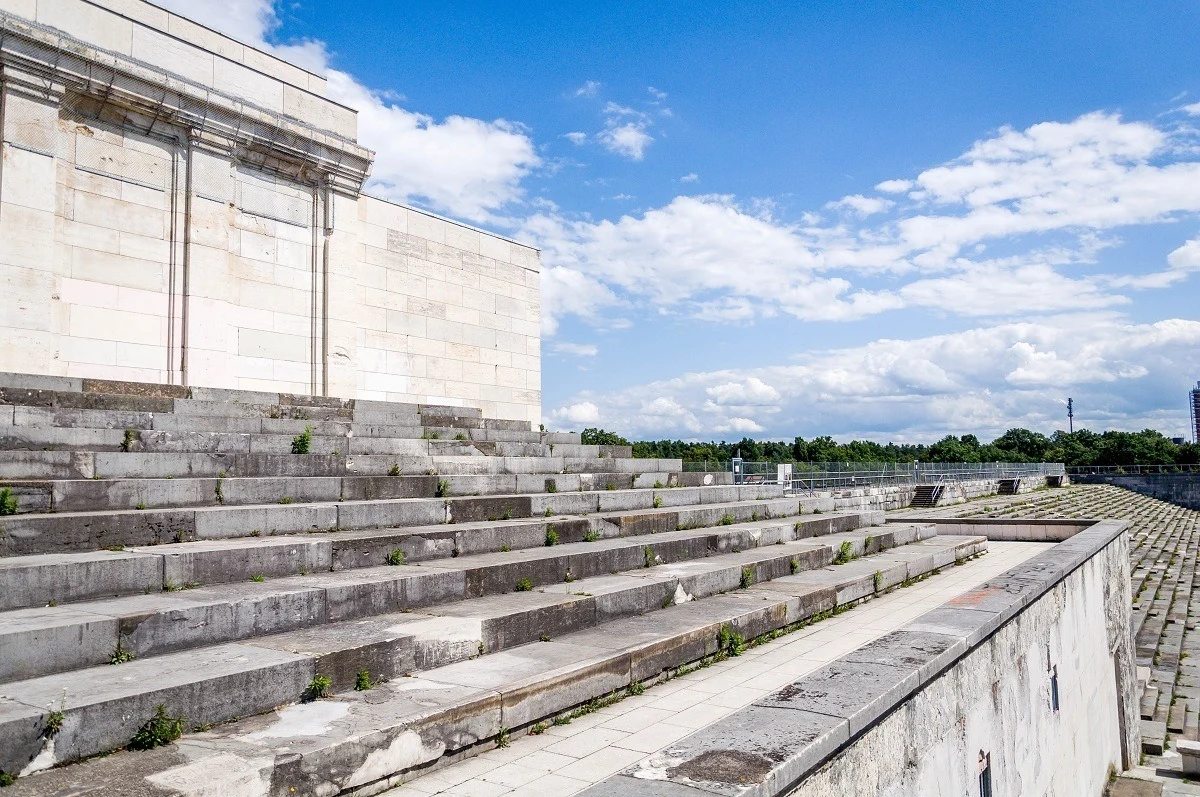
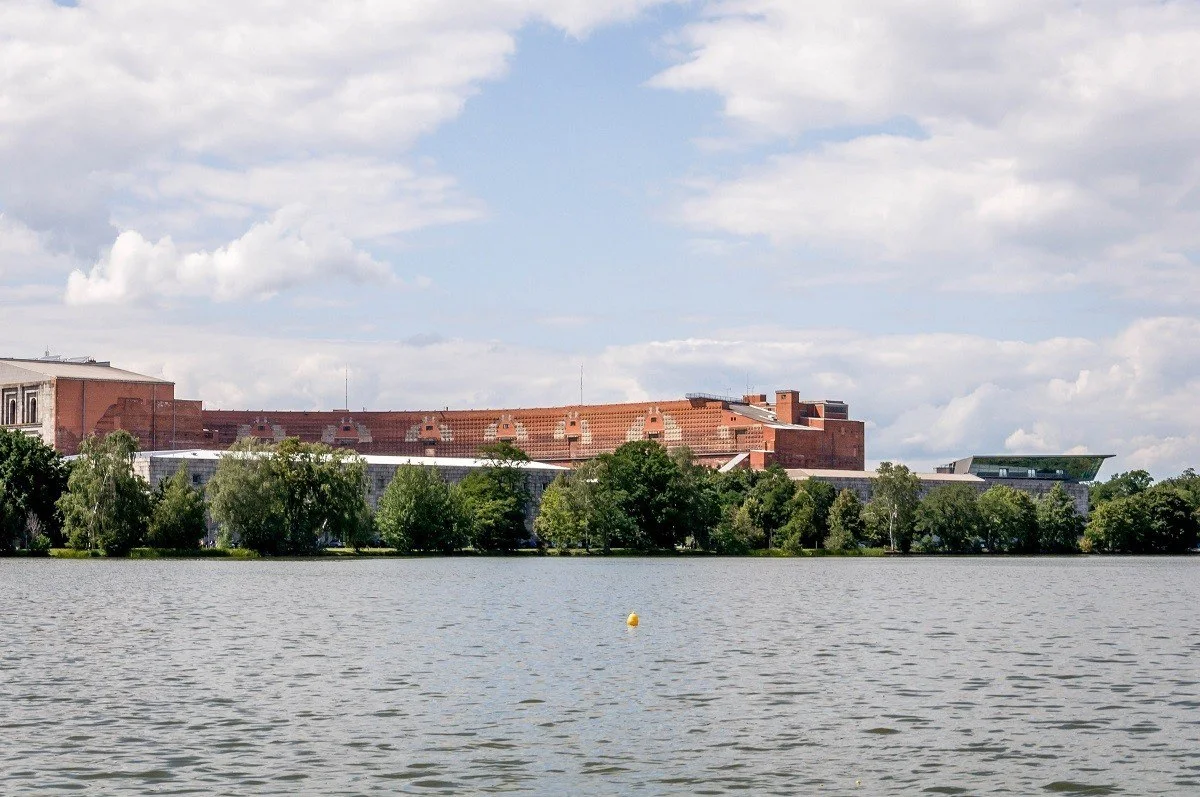
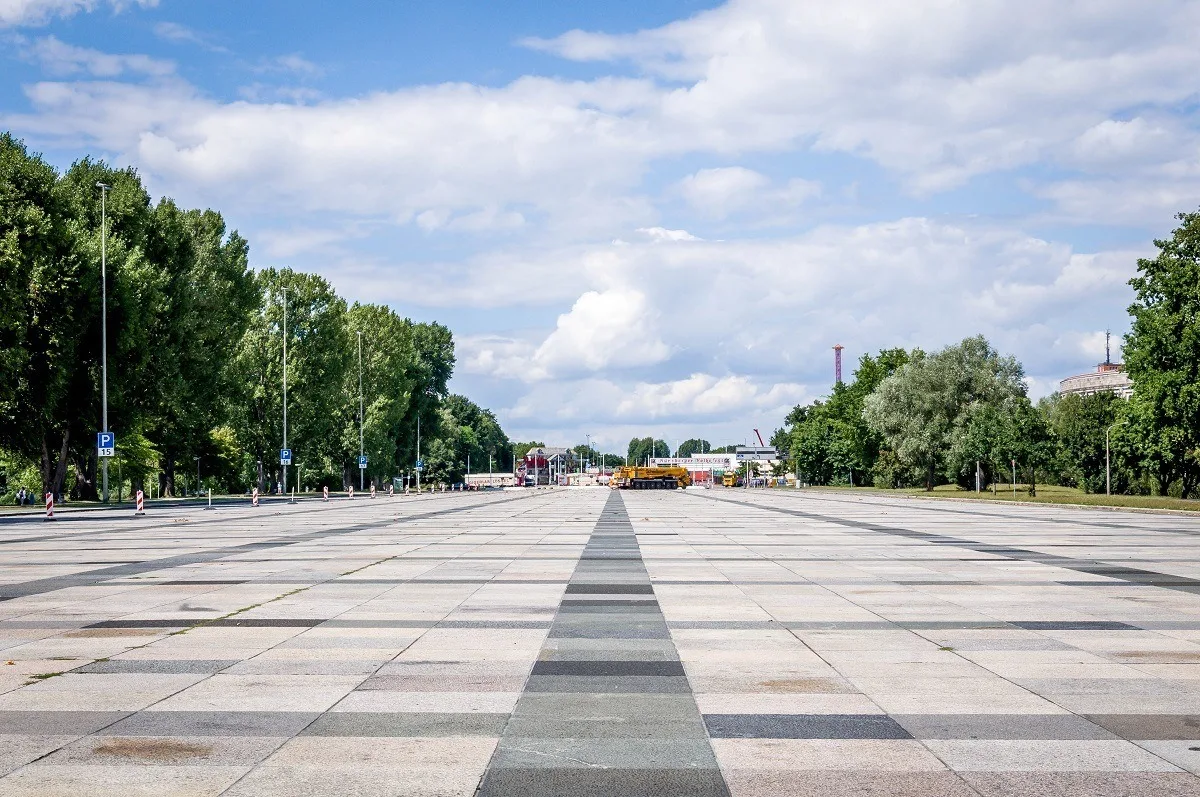
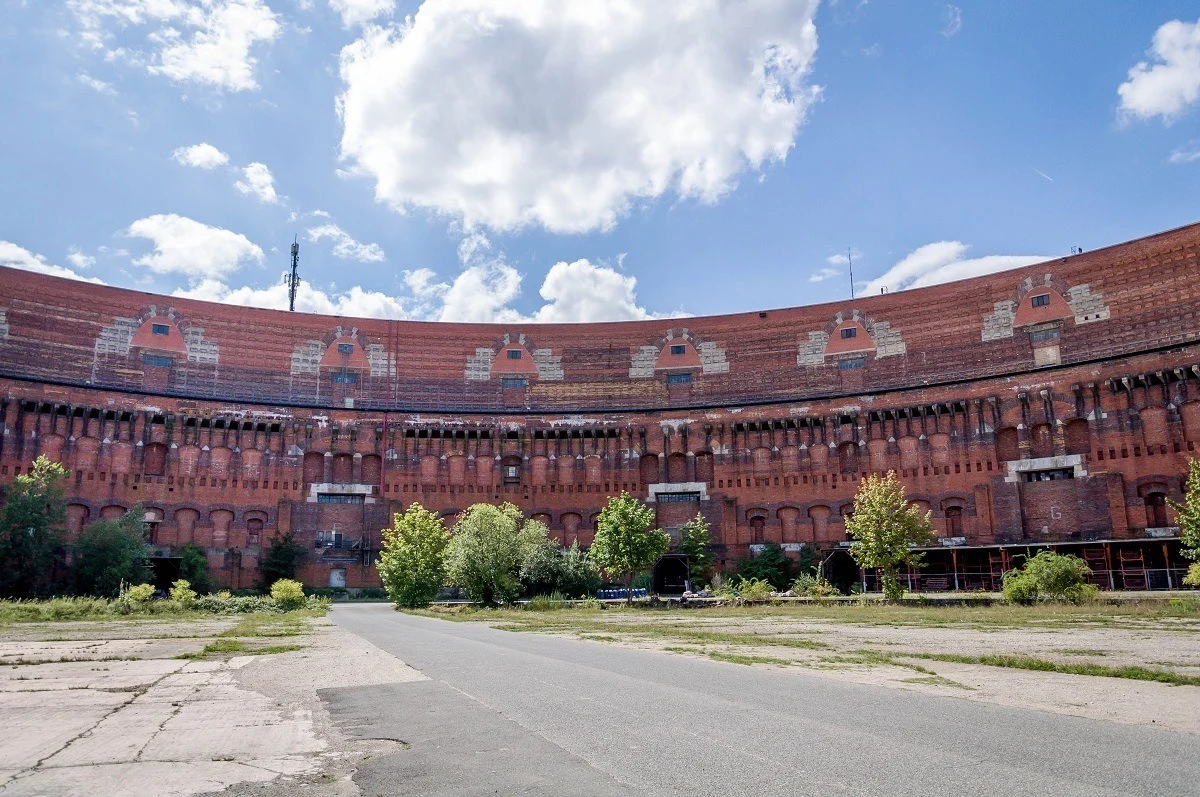
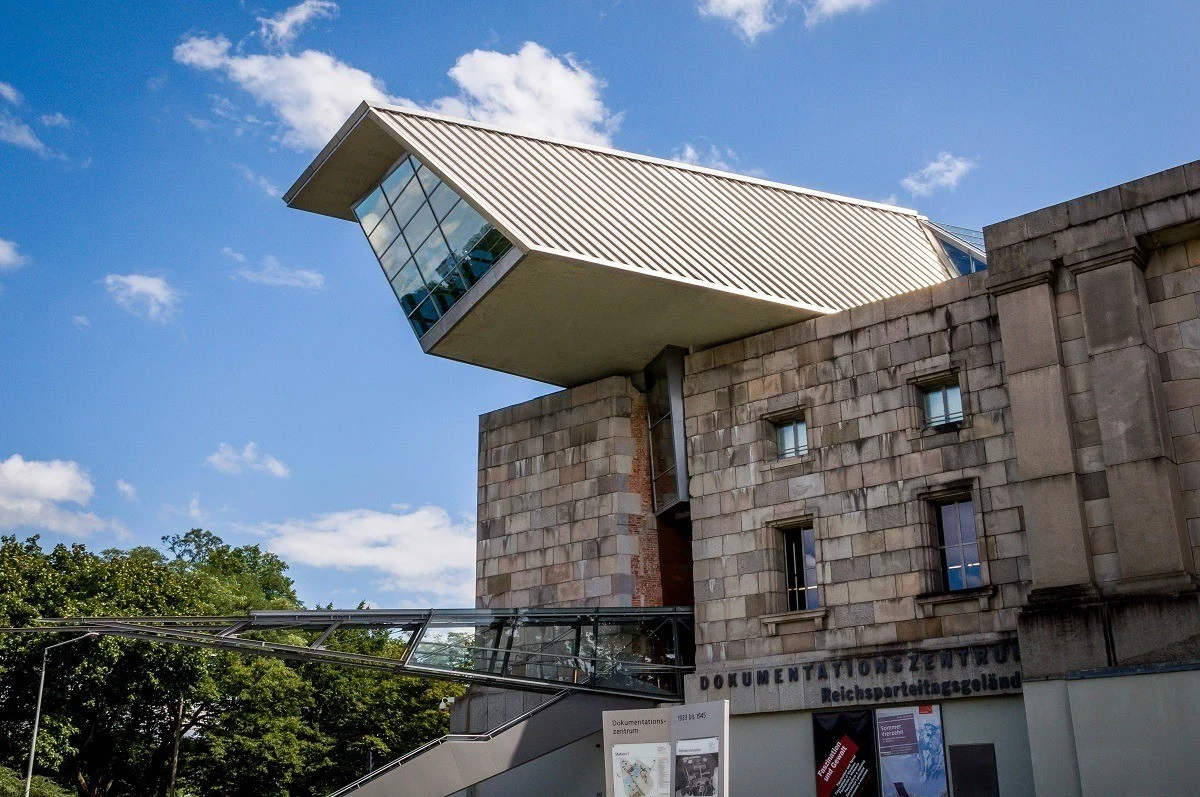
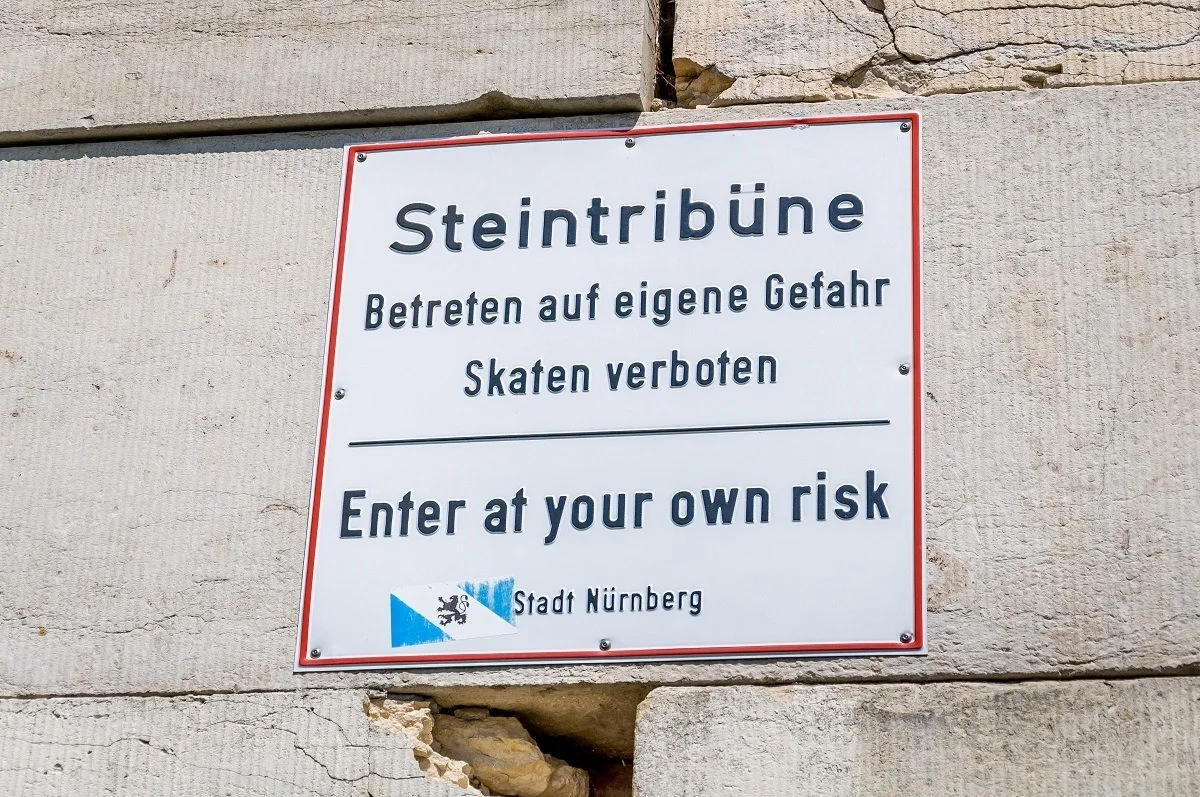
Kevin
Thursday 27th of July 2023
I was their in The Early 2000,s as I looked out from the podium onto the Field I thought, It All Started Here , they must persevere it for future Historians,
Carmen priester
Wednesday 7th of September 2022
I’m German and have been there lots of times and it is fascinating each time I been there it’s a must place to visit
Varun Tyagi
Tuesday 29th of October 2019
Yeah remembering and seeing such past always help and make us all remind such things should never happen in future
I visited Auschwitz during my visit to Poland , it was a very touching experience
It was hard to believe how humans can do such things to fellow humans
John
Friday 9th of August 2019
I went here once, in the summer of 1979 after finishing college. None of the new structures had been built, it was just the stadium, the parade grounds and the Zeppelin field separated by a birch grove. I recall how haunting it was, like it was all left to decay following the war.
Liz
Monday 23rd of May 2022
If we preserved every part of history, then we wind up with not enough room to embrace both the “now” and the “next”.
That being said, I believe places with extensive historical interest such as at Nuremberg be preserved as a way to make sure humanity does not repeat the same mistakes twice. The Holocaust was one of the most horrific events in history - but if we don’t study it and teach about the history of it, then we run the risk of repeating it.
There is also no shame in presenting “then” photos vs. “today” photos. Just don’t pick any that were used in Nazi propaganda. I’m sure there are SCORES of photographs taken that are available for that purpose.
Brad Newson
Sunday 3rd of November 2019
Why should it be left to decay? we preserve history, not leave it to be destroyed!
Lance Longwell
Friday 9th of August 2019
I completely agree. My first visit in the dead of winter was a deeply moving experience.
George
Friday 14th of November 2014
I'm a bit ambivalent about letting locations like these crumble. Historically, we should preserve the good and the bad. These are a sanitized version of history.
Then and now photos may be helpful. I have seen Triumph of the Will.
My opinion might change next year. I'll be at Terezin in April.